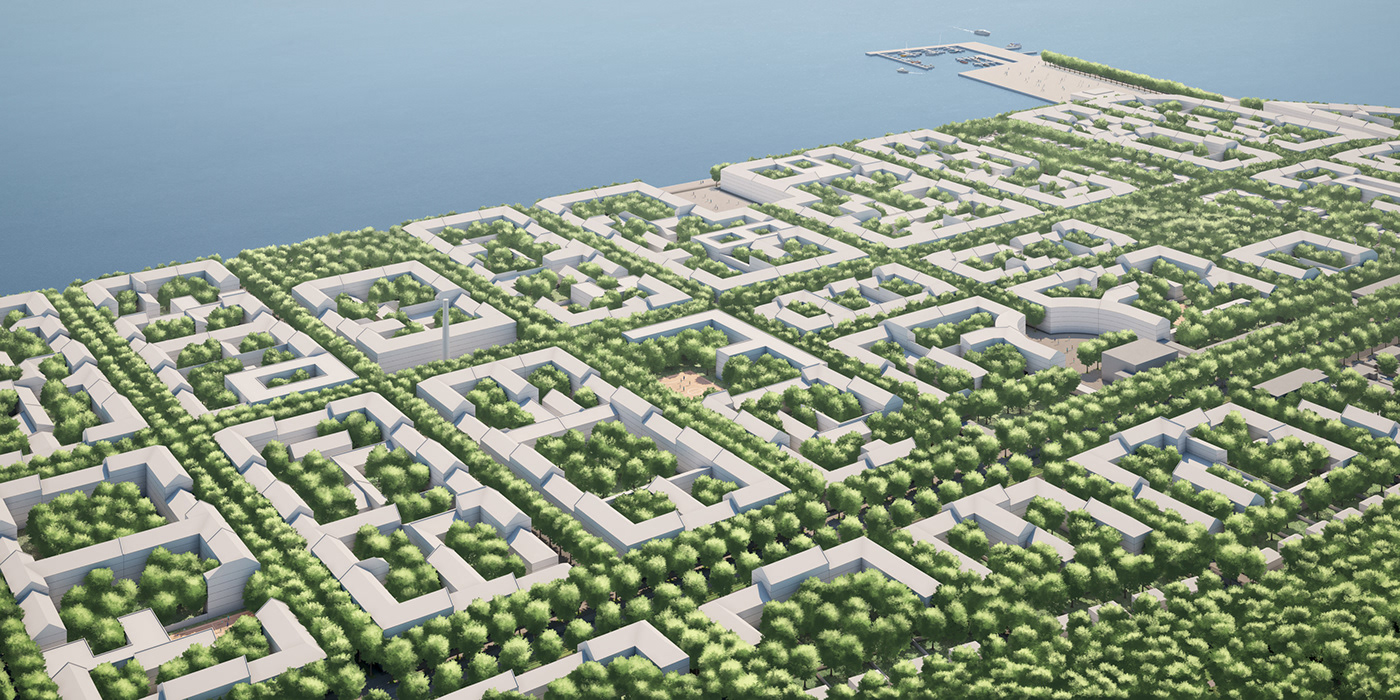
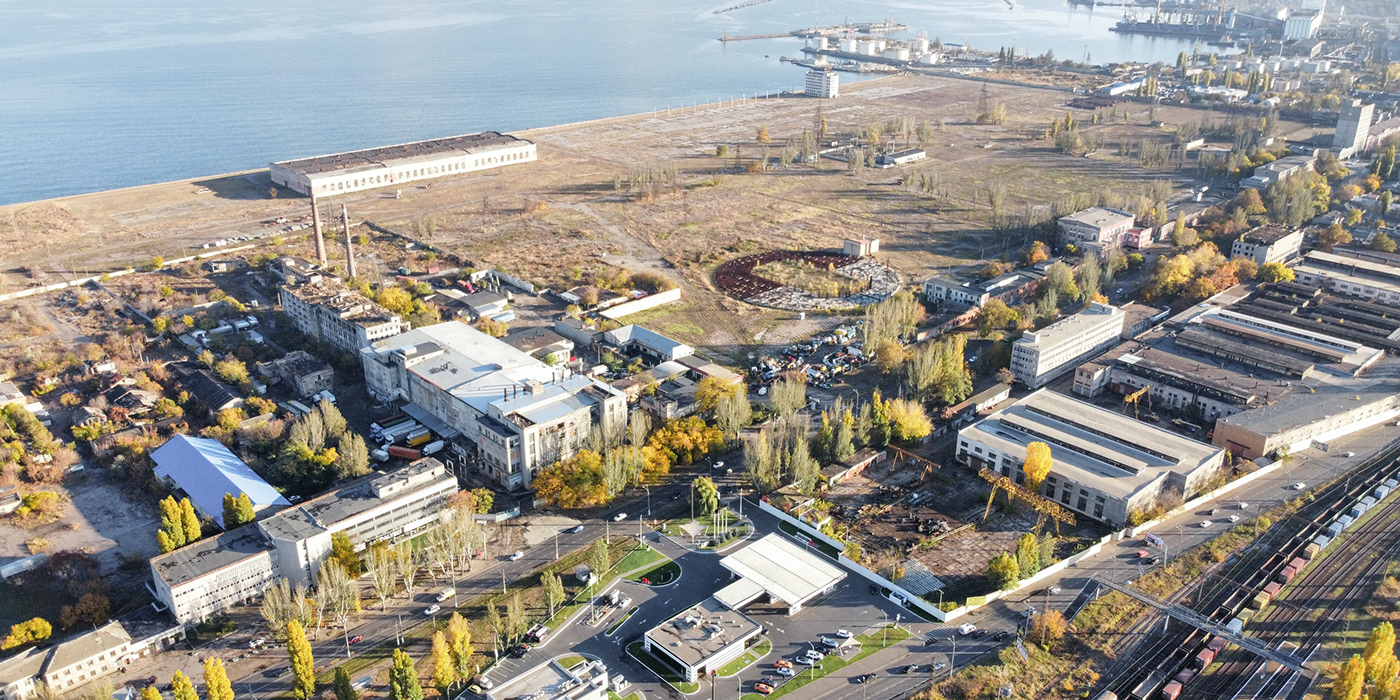
self-made odessa
Tired of watching Odessa being ruined, we tried to imagine an alternative path for its development. A path that not only fulfils the needs of the people but empowers them to shape their environment. This project is the product of our love for the city and was made without the influence of any politicians or developers.


The Waterfront of Peresyp
This part of Peresyp is the ideal place to illustrate the guiding principles of our project. The grid of new blocks forms two squares located on the central axis of this small neighbourhood, the larger of which offers a panoramic view of the sea.
The division of city blocks into parcels makes them much more flexible in their use. For example, a residential building with a café or shop could be located on one of the parcels. A neighbouring site that holds another house could share the same courtyard with that building, forming a small community. At the same time, the same urban structure can easily accommodate a large school, it would just take up multiple parcels.
We believe that streets are not the only things that deserve to be diverse, but also the buildings that form them. Smaller parcels with clear borders offer small groups of people opportunities to join together and develop the plots independently and for their own sake. Drastically different from the for-profit developments that are aimed at the elusive "average consumer", collective construction can directly fulfil the needs of the people. This will be reflected in architecture, creating new typologies and styles, allowing Odessa to discover its unique architectural image once again.
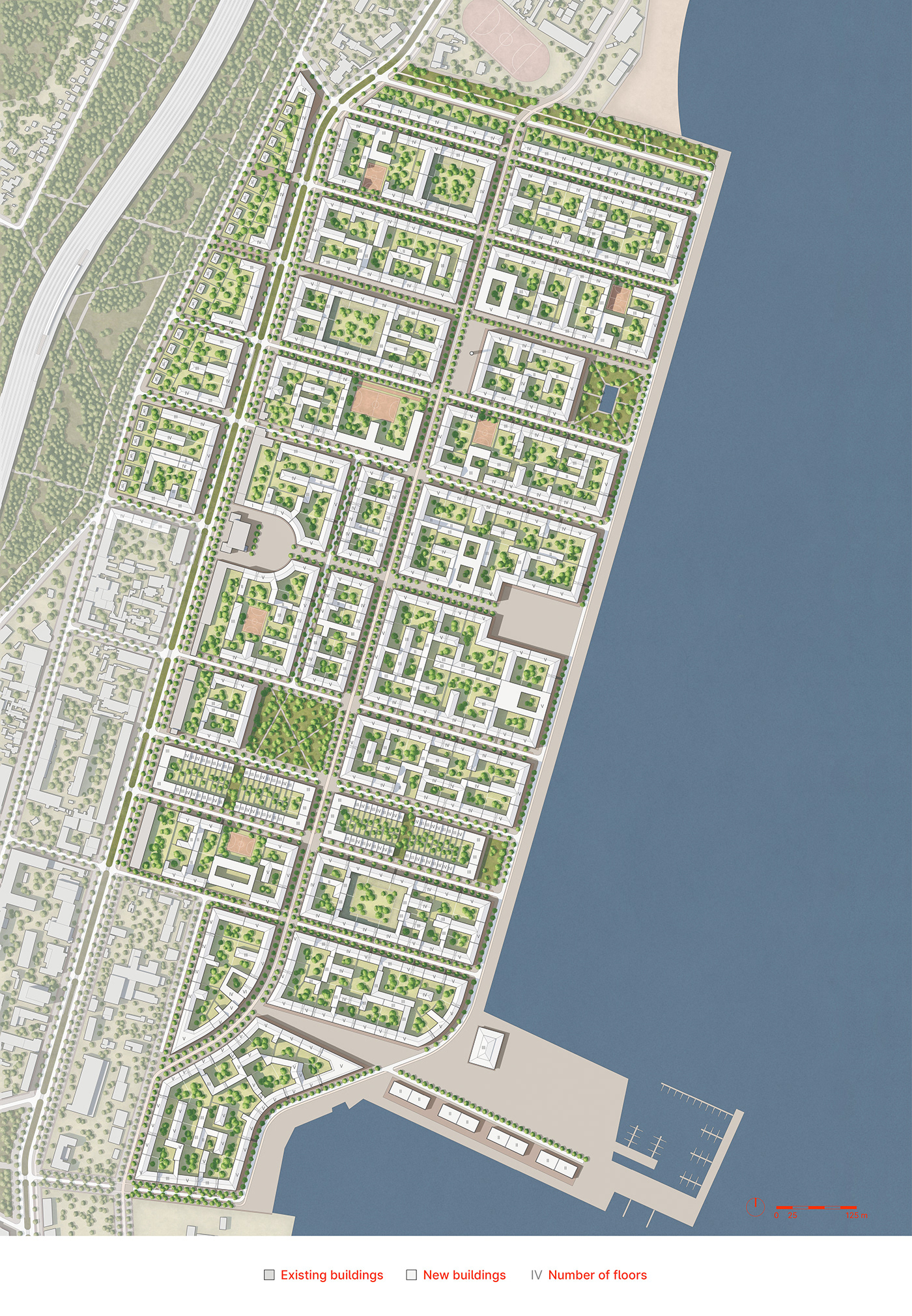





Tolbukhina Square
We chose the surroundings of Tolbukhina Square to offer a closer look at the options that the existing urban environment presents.
The division of microdistricts into further subdivided blocks lets us integrate the new buildings into the existing structure of standardised soviet houses. Their precast concrete panel structure offers many renovation options that help them fit into the city blocks. This approach makes it possible to refresh the outdated "khrushevkas" while at the same time supplementing them with new buildings.
Preserving the existing buildings creates a dialogue between the past and present. In the process of the organic development of the city, the new architecture evolves from interaction with its context. This creates an environment for the construction of unique buildings that wouldn't exist without their surroundings.
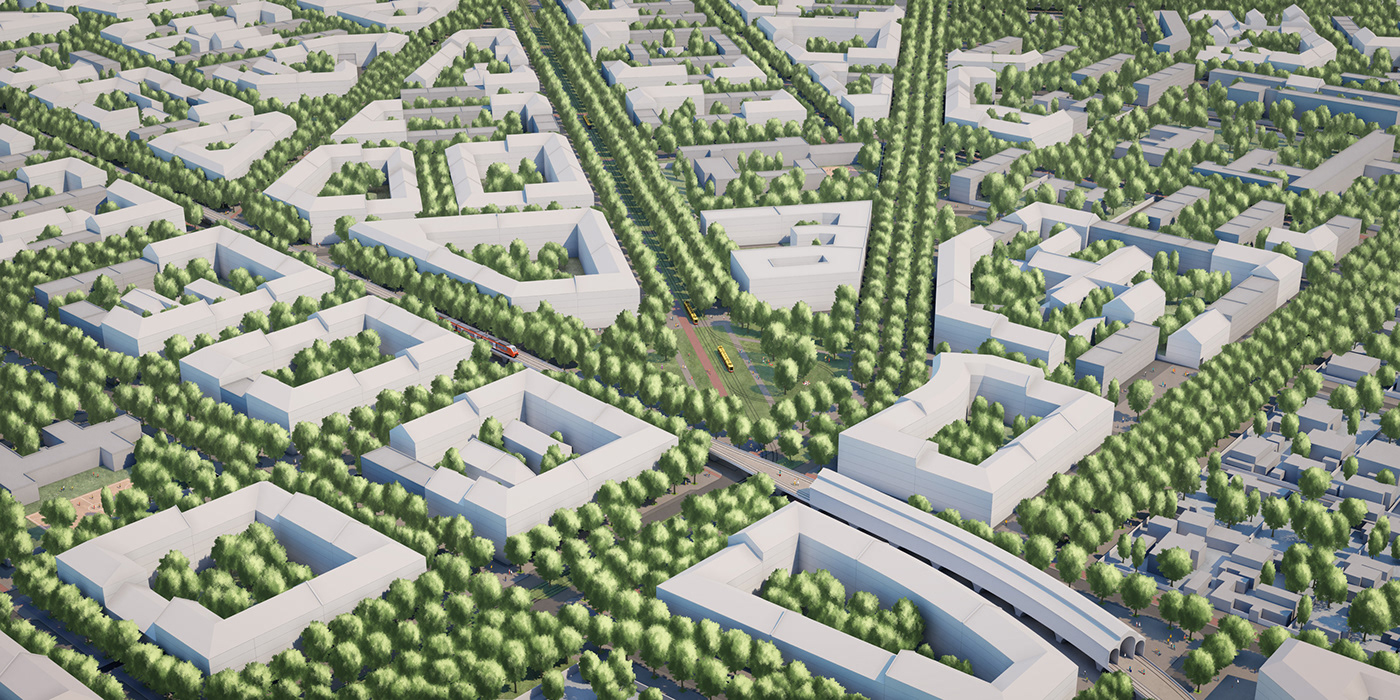









Goals
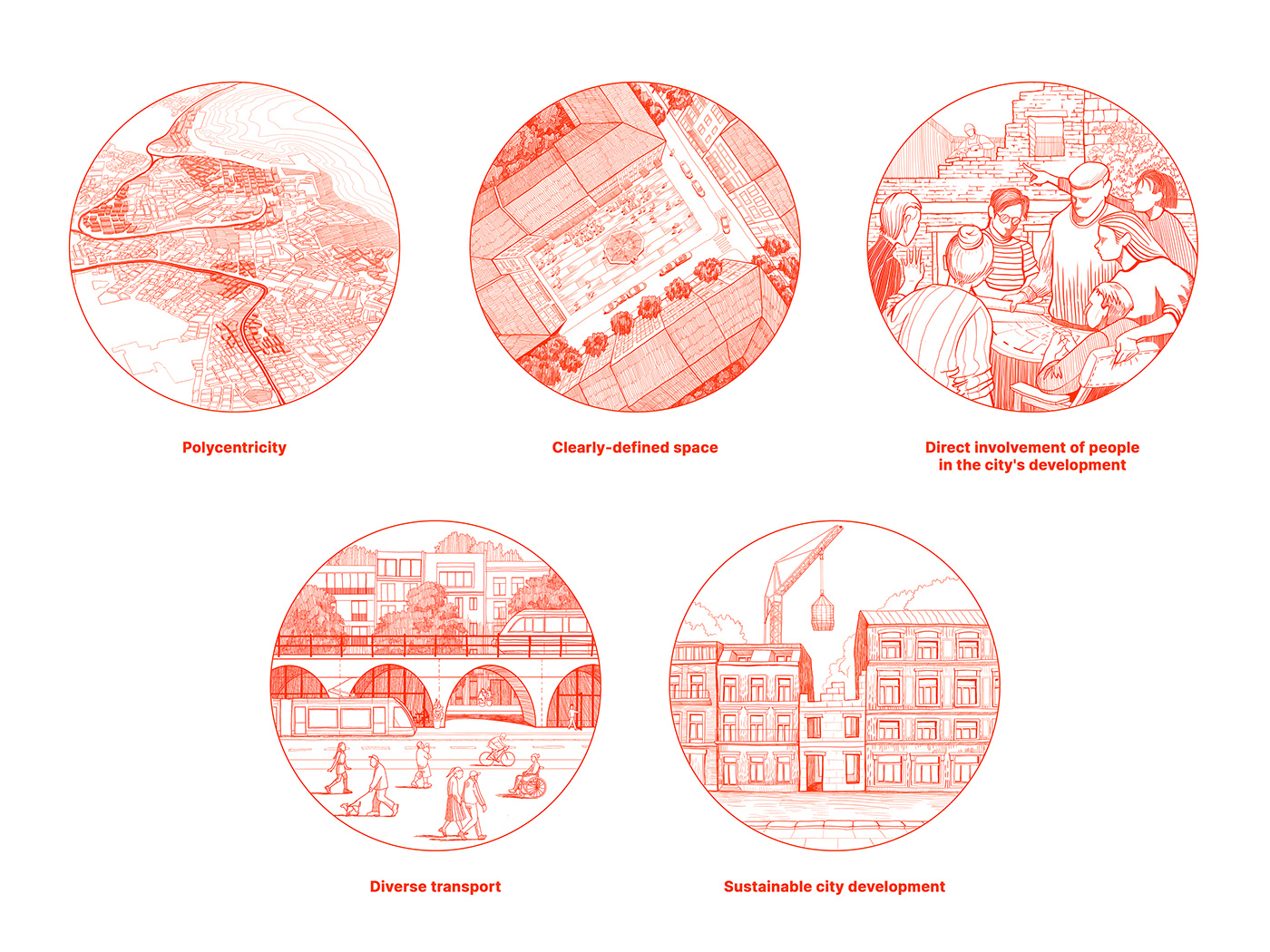
Overall changes
Large-scale problems require large-scale solutions. Therefore, we strived to transform Odessa in such a way that it would be receptive to the current and future needs of its residents and resilient to the attempts to turn it into a commodity.
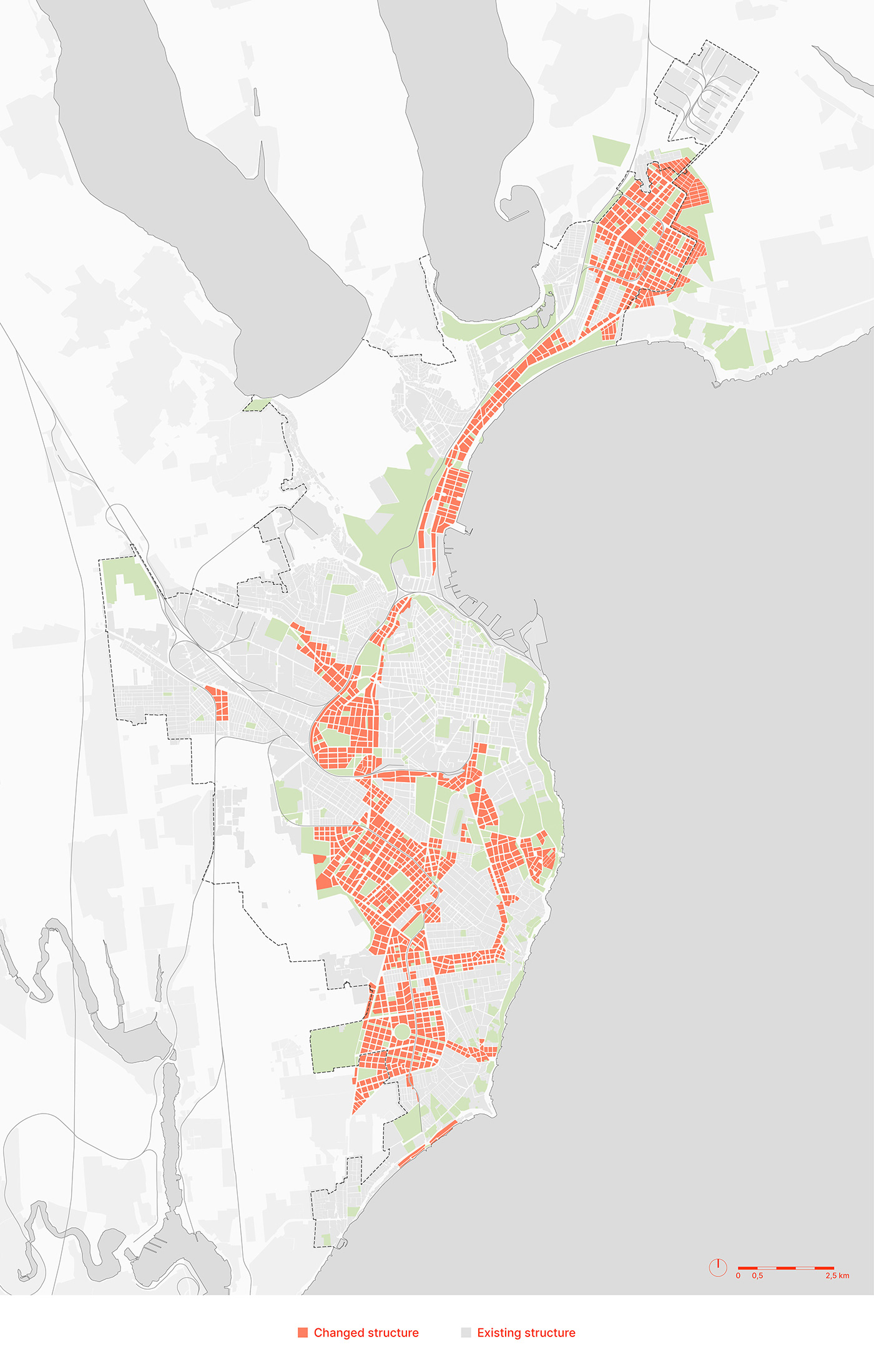
Conclusion
This project demonstrates a vision of a more sustainable, beautiful and egalitarian Odessa. However, it is only one of the many steps needed to achieve actual change. Real results require the development of our cities to be driven by the will of the people and not by the financial interests of the small circle of private development companies.
The democratisation of construction would free it from the need to generate profit, allowing cities to reflect the real needs of their residents. United, people can unlock the full potential of their environment and turn a new page in the history of architecture.










